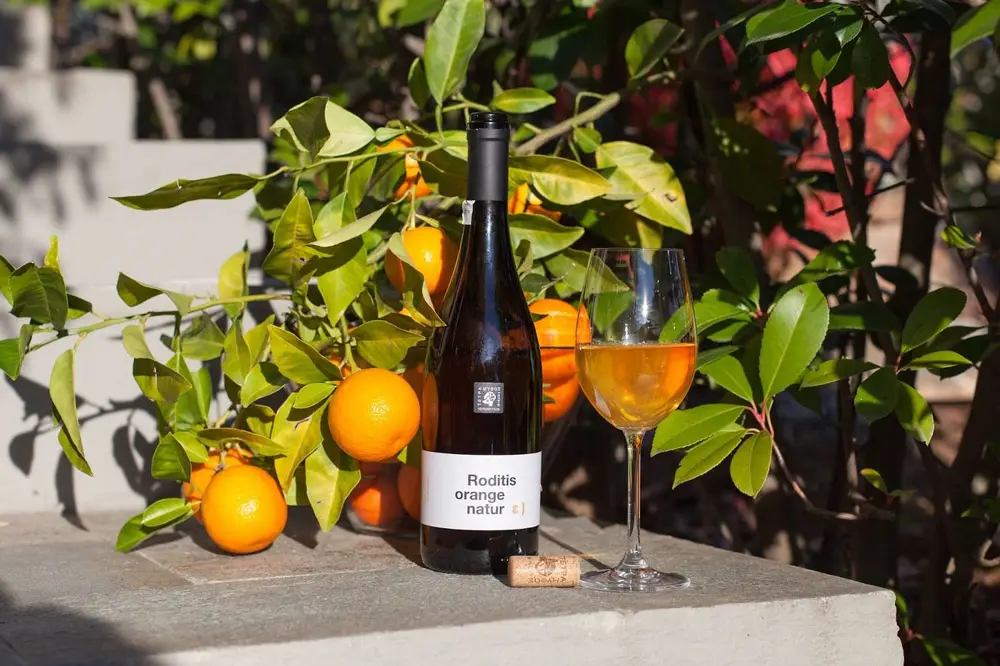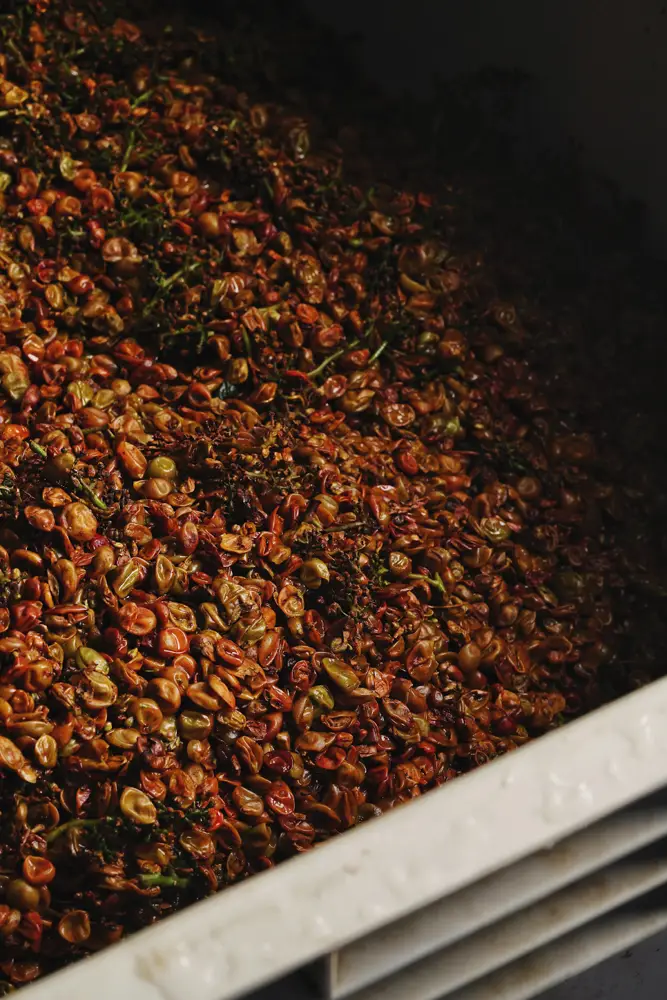Beyond the Radiant Hue: Orange Wine Demystified
When browsing through several online wine shops, you may see a new category called orange wine. You may also notice them on the wine lists of the lively wine bars where you spend your weekend nights. What is this orange wine that everyone is raving about these days? Is it made from oranges?

The History of Orange Wine: A Timeless Tale
First of all, orange wine is definitely not made from oranges. It's a type of grape wine we usually consume. Thousands of years ago in ancient Georgia and Slovenia, our ancestors used the same technique of red winemaking to create white wine. Today, it is known as “skin-contact” winemaking. Unlike the white wines we are familiar with, in which the grape skins are separated from the juice early in the process, orange wine obtains its orange color from extended skin contact during fermentation. The skin contact time can be a couple of days or even months, depending on the extraction the winemakers are looking for. The main advantage is that the wine has become more stable due to higher tannin levels. This method of winemaking dates back thousands of years, long before wine aficionados classified wines by color. In fact, orange wine is hardly an innovation but rather a renaissance.
Making Orange Wine: A Labor of Craftsmanship
Making orange wine requires patience, skill, and a deep understanding of the grape varieties. The process of skin contact can be tricky: you need enough extraction to make a complex, flavorful wine, but at the time, too much extraction can mask the fruity character of the grape, or add bitterness and astringency to the taste. During fermentation, the grape skins release their pigments and impart a variety of flavors, ranging from ripe stone fruits to exotic spices and tea leaves. After fermentation, some orange wines are aged for a long period of time in oak barrels, or clay amphora, as the Georgians do. This distinct method yields an amazing depth of character that distinguishes orange wine from its more conventional cousins.

Style and Taste Profile: A Symphony of Flavors
Orange wine is a chameleon in terms of style and flavor. It has the depth and structure of red wine, yet the freshness of whites. Expect a more flavorful white wine with greater body and tannins. It may not taste like the wines you're used to, but the harmonious balance will entice your taste buds.
Although the grape variety has a strong influence on the flavor profile, characteristic flavors of orange wine include dried fruits, wildflowers, a touch of earthiness, and, in some cases, spiciness. Orange wine takes on fascinating complexity as it ages softly, maturing into a gorgeously textured and emotionally expressive drink.
Regions and Producers: Where Orange Wine Shines Brightest
Today, the fascination with orange wine has spread like wildfire, captivating both curious wine experimenters and seasoned wine lovers. While its historical roots lie in Georgia and Slovenia, exciting new orange wine centers have emerged in regions like Friuli-Venezia Giulia in Italy and the Kakheti region in Georgia, and keep growing all over the world. Renowned producers such as Radikon, Gravner, and Movia have perfected the craft and elevated orange wine to an art form, gaining well-deserved recognition for their exceptional offerings.
Pairing Orange Wine: A Gastronomic Adventure
Now that you get better acquainted with orange wine, it's time to indulge in the gastronomic adventure. With its complex and versatile nature, orange wine harmonizes beautifully with a wide array of cuisines.
Thanks to its refreshing acidity, weighty mouthfeel, and light tannic structure on the palate, orange wine is a fantastic match for meaty dishes like beef tartare or succulent grilled pork ribs. Moreover, it complements oily fish, fried seafood, and grilled vegetables flawlessly, making it a versatile choice for a cheese platter. Don't be surprised when it pairs exceptionally well with the bold flavors of exotic, spicy Middle Eastern cuisine or savory Asian dishes.
While orange wine has traditionally been linked to small-scale producers and natural winemaking practices due to its minimal intervention approaches, the landscape has evolved significantly in recent years. Surprisingly, numerous major players in the commercial wine industry have hopped on board, introducing their own “orange” versions to tap into this once niche, but now rapidly expanding style. With its radiant hue, complex flavors, and versatile pairings, orange wine is a delightful adventure for both the curious and the connoisseurs.
Orange Wine to Try:
Sylvia Ba



